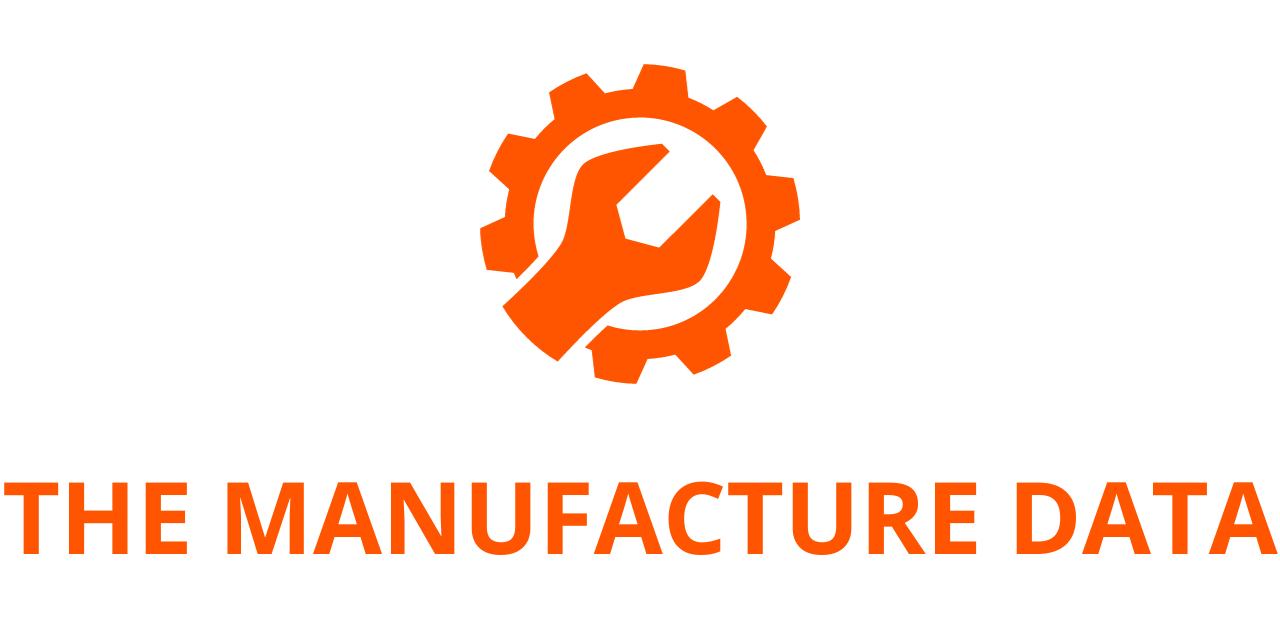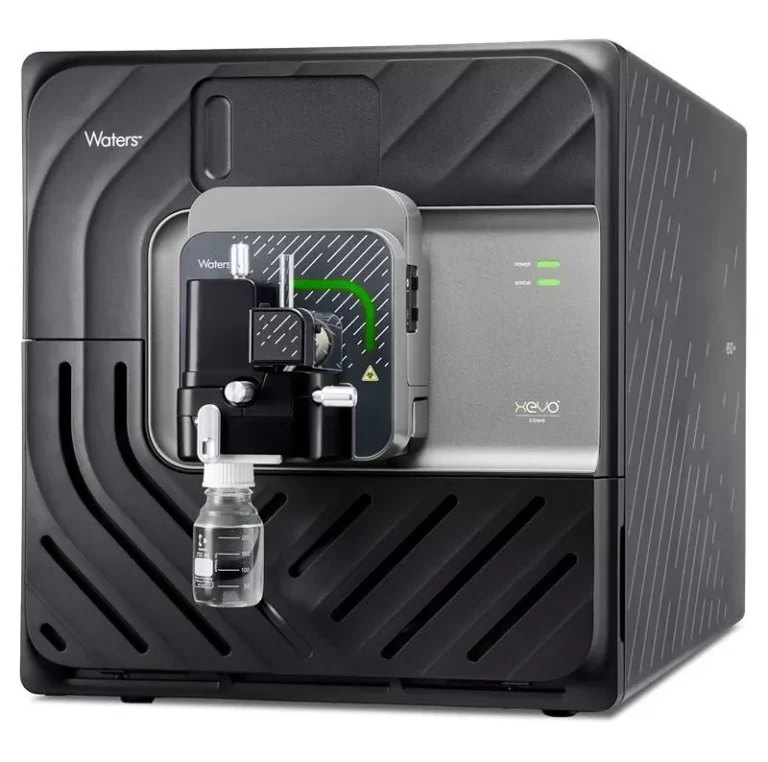
In recent years, global supply chains have encountered an unprecedented range of disruptions, highlighting vulnerabilities in the systems that move goods, materials, and services around the world. Ford Motor Company recognizes that a resilient and capable supply chain is essential—not only for business continuity but also for supporting the broader economy. Our commitment to creating supply chains as durable and reliable as our “Built Ford Tough” trucks underscores the importance of preparation, flexibility, and innovation.
Supply chain disruptions have become more frequent and complex. The most widely recognized disruptions came during the COVID-19 pandemic, which triggered shortages of everything from household essentials like paper products to critical components such as semiconductors. But these pandemic-related issues are only part of the challenge. Today, supply chains face additional pressures including geopolitical tensions, tariffs, rising energy and fuel costs, inflation in raw materials, and more frequent natural disasters and extreme weather events. Each of these factors can cause ripple effects across multiple industries, slowing production and creating cost pressures that impact businesses and consumers alike.
Essential Economy industries—those that form the backbone of the nation’s daily functioning, such as construction, manufacturing, utilities, logistics, and transportation—face an added challenge: acute shortages of skilled labor. These shortages are significant. In July 2025, the National Association of Manufacturers reported that 437,000 manufacturing jobs remained unfilled. Meanwhile, the Associated Builders and Contractors projected that the construction industry will require nearly 500,000 additional workers by 2026. Without a sufficient workforce, the ability of these industries to maintain reliable supply chains and meet demand is severely constrained.
The challenges extend into U.S. infrastructure, which is critical for enabling the flow of goods and services. Research from the Aspen Institute highlights three pressing concerns. First, productivity has declined. Labor productivity in road, highway, and bridge construction has fallen by 22 percent since 2017, according to data cited by Aspen Institute economist Luke Pardue. Productivity in energy infrastructure construction has also lagged: despite rising demand for power, the United States now installs only one-eighth of the high-voltage transmission lines annually compared to two decades ago. When supply chains are disrupted by natural disasters or other events, these infrastructure gaps make recovery and restoration slower and more costly.
Second, U.S. infrastructure costs are considerably higher than those in many other countries. For example, transit costs in the U.S. are 2.5 times higher than the average for OECD countries. Higher costs impact Essential Economy industries directly and reduce the nation’s competitiveness in global markets.
Third, regulatory and permitting complexities slow infrastructure development. The average time to prepare an environmental impact statement has increased from 3.4 years in the 1990s to 4.8 years in recent years, and the reports themselves have ballooned from an average of 414 pages in 1977–78 to 1,704 pages in 2013–2017. Legal challenges can extend timelines even further, with median resolutions of National Environmental Policy Act (NEPA) lawsuits taking nearly two years. Navigating multiple federal and state agencies adds further layers of complexity, each with unique rules and timelines. Lengthy permitting processes can hinder suppliers trying to expand or establish new facilities, limiting the flexibility necessary to maintain resilient supply chains.
At Ford, we are actively addressing these challenges by encouraging our suppliers to adopt dual-facility manufacturing strategies, which mitigate risk and enhance resilience. This approach ensures that production can continue even when one facility is disrupted. Beyond physical strategies, we are leveraging technology, including artificial intelligence, to monitor supply chain risks proactively. AI tools have already proven effective in optimizing freight routes, reducing waste in trucking, and enhancing logistics efficiency. These innovations are now being applied to infrastructure permitting, energy grid planning, and other critical areas, speeding approvals and increasing transparency.
For example, the Pacific Northwest National Laboratory has developed a “PermitAI” prototype to automate modeling of new energy interconnections for NEPA review, and PJM Interconnection is collaborating with Google and Tapestry to integrate AI into the expansion of the nation’s largest electrical grid. These tools can accelerate infrastructure development and help ensure that the supply chain supporting energy, construction, and manufacturing sectors remains robust.
In April 2025, the White House reinforced these efforts by issuing an executive order directing agencies to maximize the use of technology in environmental review and permitting processes. The goal is to bring infrastructure approvals and construction timelines into the modern era, aligning with the rapid pace of 21st-century economic demands.
Ultimately, a healthy and resilient supply chain is more than a business concern—it is a national priority. Efficient, robust supply chains underpin economic growth, global competitiveness, and the stability of Essential Economy industries that communities rely upon every day. At Ford, we are committed to building strategies and solutions that strengthen supply chain resilience, integrating innovation, AI, and best practices to anticipate disruptions before they occur. By taking these steps, we are not only safeguarding our own operations but contributing to the broader resilience and prosperity of the U.S. economy.




